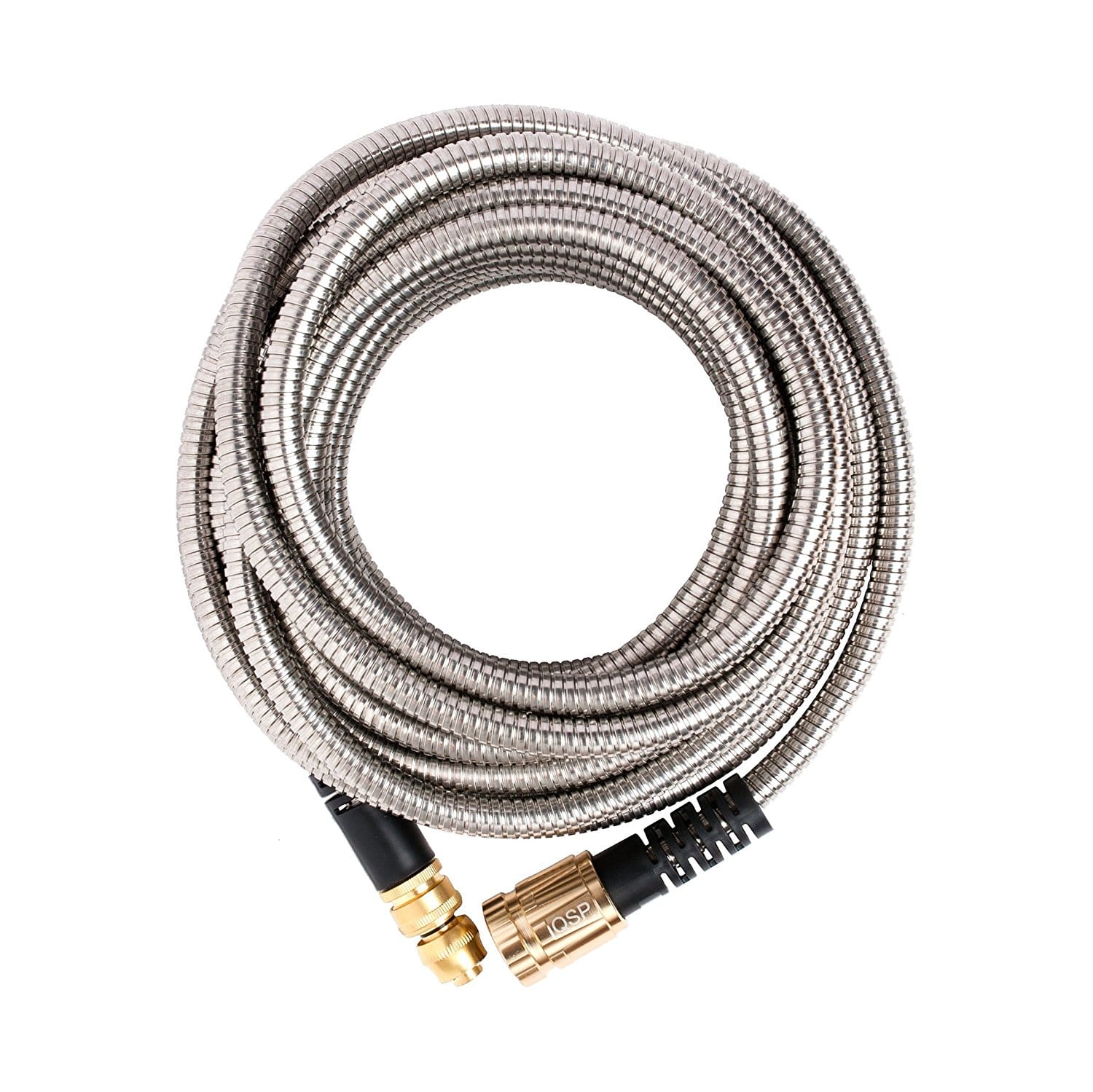If you’re looking for a tropical houseplant with vibrant and colorful foliage, look no further than the Ti plant, also known as Cordyline fruticosa. This stunning plant can be grown both as a landscape specimen in tropical climates or as a potted houseplant, adding a touch of tropical beauty to any space.
The Ti plant boasts large, sword-shaped leaves that come in a variety of striking colors, including pink, green, purple, red, and variegated forms. Not only are these leaves eye-catching, but the plant can also produce fragrant flowers in the spring and fleshy round berries later in the season.
While the Ti plant is a stunning addition to any indoor or outdoor space, it’s important to note that it is moderately toxic to people and pets. Therefore, it should be placed out of reach of curious hands and paws.
In the following sections, we’ll guide you through the process of caring for Ti plants, whether you choose to grow them indoors or outdoors. We’ll cover everything from light requirements and watering tips to propagation techniques and essential care tips. So let’s dive in and discover the secrets to successfully nurturing these beautiful tropical houseplants!
Growing Ti Plants Indoors
When growing ti plants indoors, it is important to provide them with the right conditions for optimal growth. They prefer a high-light situation and can tolerate direct sun on their leaves. However, too much direct hot sunlight can cause browning of the leaf tips and margins. Ti plants are fairly drought-tolerant, but it is important to water them when the soil surface starts to dry out. They prefer slightly acidic soil that is consistently moist.
Ti plants appreciate high humidity levels, so it may be helpful to increase humidity around the plants by placing them on a pebble-filled dish of water or using a room humidifier. Fertilize the plants monthly with a balanced fertilizer and prune off old leaves as necessary. Ti plants can be propagated through stem cuttings or placing cuttings in water.
- Light requirements: Ti plants prefer a high-light situation and can tolerate direct sun on their leaves.
- Watering: Water ti plants when the soil surface starts to dry out. They prefer slightly acidic soil that is consistently moist.
- Humidity levels: Ti plants appreciate high humidity levels. Increase humidity by using a pebble-filled dish of water or a room humidifier.
- Fertilizer: Fertilize ti plants monthly with a balanced fertilizer to support their growth.
- Pruning: Prune off old leaves as necessary to maintain the plant’s appearance and health.
- Propagation: Ti plants can be propagated through stem cuttings or by placing cuttings in water.
Is the Same Fertilizer Recommended for Ti Plants to Boost Growth and Health?
Yes, fiddle leaf fig fertilizer boost can also be beneficial for Ti plants. These plants have similar nutrient needs, and using a fertilizer designed for fiddle leaf figs can help promote strong growth and overall health for Ti plants as well.
Growing Ti Plants Outdoors
When it comes to growing ti plants in your garden, there are a few key factors to keep in mind. Firstly, it’s important to note that ti plants are native to eastern Asia, Australia, and the Pacific Islands, and they thrive in USDA hardiness zones 10 to 12. Therefore, if you’re located in these regions, you’re in luck!
To create the optimal growing conditions for ti plants, choose a spot in your garden that offers partial shade. While they can tolerate full sun to dense shade, a moist area with some shade is ideal. Prepare the soil by loosening it and removing any weeds that may compete for nutrients.
When it comes to soil preferences, ti plants prefer slightly acidic, well-drained soil that is rich in organic matter. Ensuring that the soil is properly amended with organic matter will improve drainage and create a favorable environment for the plants to thrive. This will also aid in retaining moisture during dry spells.
Regular watering is key when caring for outdoor ti plants, especially during the growing season. Keep the soil consistently moist, but be careful not to overwater as this can lead to root rot. In addition to regular watering, apply a balanced fertilizer every few months to provide the plants with the necessary nutrients.
Lastly, don’t forget to trim any dead or diseased foliage to promote the overall health and aesthetics of your ti plants. It is also important to protect the plants from drafts and prolonged temperatures below 50 degrees Fahrenheit, as they prefer a warmer climate.









